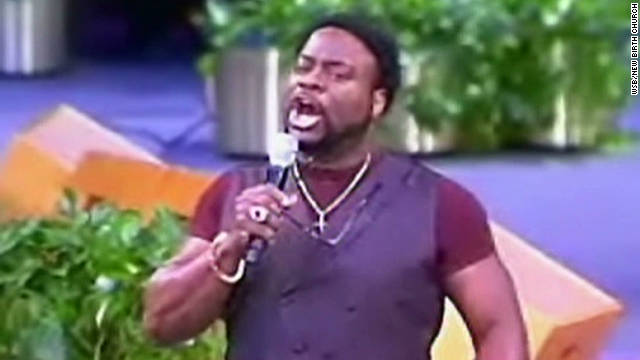Bishop Eddie Long, once a towering figure in the realm of megachurches, became embroiled in scandal that shook the foundations of faith for many of his followers. He was not merely a pastor; he was a charismatic leader who reveled in his authority, often likened to an emperor cloaked in the finery of faith. Yet, as with any grand cathedral, the facade can crumble when the foundations are compromised. Such was the narrative that unfolded around Long’s life.
In 2010, a tempest brewed when allegations emerged, casting a long shadow over his ministry. Four young men came forth, their testimonies echoing with pain and betrayal. They accused Long of engaging in inappropriate sexual relationships under the guise of spiritual mentorship. For his supporters, these revelations were akin to witnessing a once-stalwart oak splintering in a storm, while critics viewed them as a harbinger of the hypocrisy that sometimes lurks within the sanctum of sacred leadership.
The allegations were shocking, yet they unfolded with a calculated precision that revealed layers of moral complexity. Long, who had boasted a ministry that attracted thousands—drawing crowds to his Atlanta-based New Birth Missionary Baptist Church—had acquired a reputation marked not only by his dynamic preaching but also by an air of invincibility. This sudden unraveling of his image was reminiscent of Icarus, whose hubris finally led to his fall. Long’s extensive denial and vehement defense became a matter of public spectacle, mirroring the tragic theatre of ancient Greece.
In response to the burgeoning scandal, Long maintained his innocence, declaring himself a victim of a vengeful plot. He insisted that the relationships were misunderstood, further entrenching his followers within a narrative of loyalty and denial. However, the legal ramifications were anything but forgiving. Settlements and court proceedings transformed the congregational front into a battleground where faith clashed with the harsh lights of reality.
Despite his eventual death in 2017, the ripples of the Bishop Eddie Long scandal continue to reverberate through religious circles. Discussions about accountability, transparency, and the nature of faith-based leadership have become increasingly vital. What remains is a poignant reflection on the duality of human nature—the ability to inspire, while simultaneously harboring undisclosed shadows.
The saga serves as a cautionary tale for not just leaders but congregations alike. It beckons introspection regarding the structures of trust and reverence that underpin faith communities. As they navigate the complex terrain of belief and reality, one question persists: how can they ensure that their houses of worship become fortresses of integrity rather than sprawling edifices susceptible to decay?
